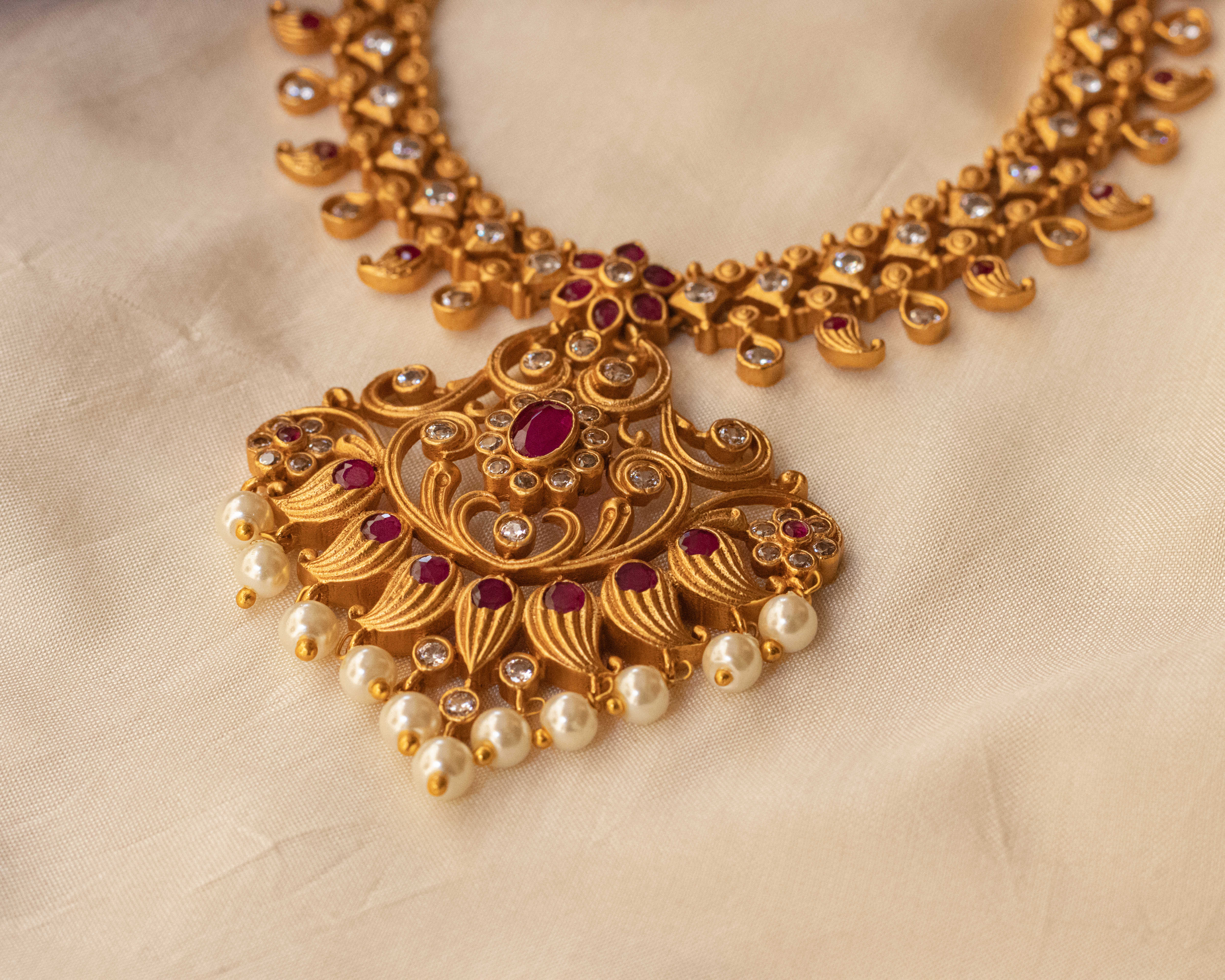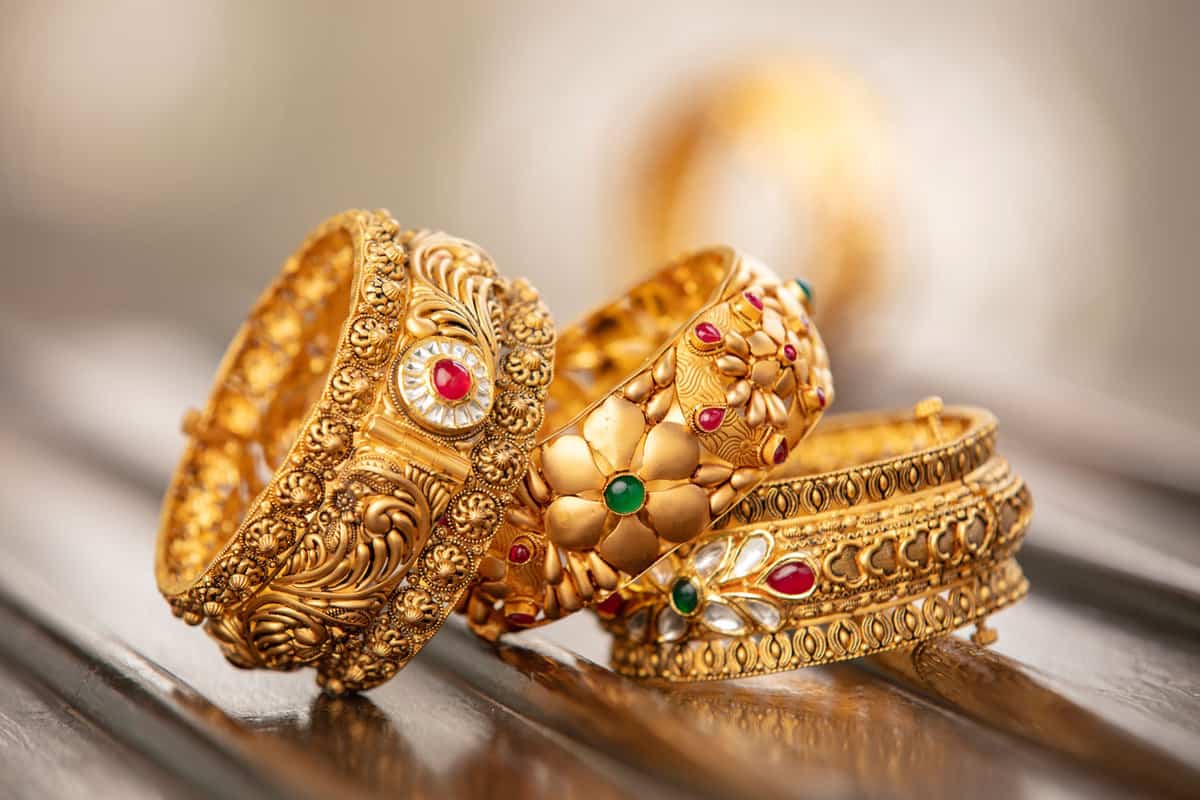Fancy jewellery making is an art form that transcends mere adornment, elevating it to a realm of exquisite design and craftsmanship. From the intricate detailing of necklaces to the delicate sparkle of earrings, each piece tells a story of creativity and passion.
In this comprehensive guide, we delve into the world of fancy jewellery making, exploring its diverse types, materials, techniques, and design considerations. We’ll also showcase exceptional case studies that exemplify the pinnacle of this art form.
Types of Fancy Jewellery
Fancy jewellery encompasses a wide array of exquisite and captivating pieces that adorn the body with unparalleled elegance and charm. Each type of fancy jewellery possesses its own unique characteristics and designs, catering to diverse tastes and preferences.
From the delicate shimmer of necklaces to the bold statement of bracelets, from the enchanting allure of earrings to the timeless beauty of rings, fancy jewellery transforms the ordinary into the extraordinary, adding a touch of sophistication and glamour to any occasion.
Necklaces
- Pendant necklaces:Featuring a single pendant suspended from a chain, these necklaces exude a classic and timeless appeal.
- Chokers:Snugly fitting around the neck, chokers create a dramatic and eye-catching statement, adding a touch of edginess to any ensemble.
- Lariats:Long and versatile, lariats can be worn in multiple ways, allowing for endless styling possibilities.
Bracelets
- Cuff bracelets:Bold and geometric, cuff bracelets wrap around the wrist, making a striking and unforgettable impression.
- Charm bracelets:Sentimental and personalized, charm bracelets feature a collection of small charms that represent special moments or memories.
- Tennis bracelets:Delicate and timeless, tennis bracelets consist of a row of diamonds or other gemstones set in a flexible metal band.
Earrings
- Studs:Small and versatile, studs are a classic choice that complements any outfit, from casual to formal.
- Hoop earrings:Circular or oval in shape, hoop earrings add a touch of sophistication and glamour to any look.
- Dangle earrings:Suspended from a hook or wire, dangle earrings sway gracefully with movement, creating a captivating effect.
Rings
- Engagement rings:Symbolizing love and commitment, engagement rings are typically adorned with a single diamond or gemstone.
- Wedding bands:Exchanged during the marriage ceremony, wedding bands represent the eternal bond between two individuals.
- Cocktail rings:Bold and eye-catching, cocktail rings are designed to make a statement and add a touch of glamour to any evening ensemble.
Other Accessories
In addition to necklaces, bracelets, earrings, and rings, fancy jewellery also includes a range of other accessories that complement any outfit and add a touch of personal style.
- Brooches:Ornate and decorative, brooches can be pinned to clothing or accessories, adding a touch of elegance and sophistication.
- Pendants:Similar to pendants on necklaces, pendants can also be worn as standalone pieces, suspended from a chain or cord.
- Tie clips:Designed to keep neckties in place, tie clips add a touch of polish and refinement to any formal attire.
Materials Used in Fancy Jewellery Making
Fancy jewellery making involves the use of a wide range of materials, each with its unique properties and advantages. The most commonly used materials include gold, silver, platinum, gemstones, and pearls.
Gold
Gold is a precious metal known for its durability, luster, and malleability. It is often alloyed with other metals to increase its strength and durability, and the purity of gold is measured in karats (24 karats being pure gold). Gold is a popular choice for jewellery due to its timeless appeal and resistance to tarnishing.
Silver
Silver is another precious metal that is widely used in jewellery making. It is more affordable than gold and has a bright, white luster. Silver is also malleable and ductile, making it easy to work with. However, it is more prone to tarnishing than gold and requires regular cleaning.
Platinum
Platinum is a rare and valuable metal that is highly durable and resistant to tarnishing. It is often used in high-end jewellery and is particularly well-suited for pieces that are intended to be worn daily. Platinum is hypoallergenic and does not cause skin irritation, making it a good choice for people with sensitive skin.
Gemstones
Gemstones are natural minerals that are used to add color, sparkle, and value to jewellery. They come in a wide variety of colors, shapes, and sizes, and each gemstone has its own unique properties. Some of the most popular gemstones used in jewellery making include diamonds, rubies, sapphires, emeralds, and pearls.
Pearls
Pearls are organic gemstones that are formed inside the shells of mollusks. They are highly prized for their beauty, luster, and rarity. Pearls come in a variety of colors, including white, pink, black, and gold. They are often used in necklaces, earrings, and bracelets.
Techniques for Fancy Jewellery Making
Crafting exquisite fancy jewellery requires a combination of artistry and technical proficiency. Several essential techniques are employed to transform raw materials into wearable masterpieces.
Casting
Casting involves creating a mould of the desired jewellery piece and pouring molten metal into it. Once cooled, the metal solidifies, taking the shape of the mould. This technique is ideal for producing intricate and detailed designs with precision.
Forging, Fancy jewellery making
Forging involves shaping metal by hammering it repeatedly. This process strengthens the metal and allows for the creation of unique textures and patterns. It requires specialized tools and a high level of skill to manipulate the metal effectively.
Soldering
Soldering is the process of joining two pieces of metal using a lower-melting-point alloy. This technique is commonly used to assemble jewellery components, such as attaching clasps or connecting beads. Soldering requires a soldering iron, solder, and flux to create a strong and durable bond.
Stone Setting
Stone setting involves securing gemstones into jewellery pieces. Various techniques are used, including prong setting, bezel setting, and pave setting. The choice of technique depends on the type of gemstone, the desired aesthetic, and the durability required.
Design Considerations for Fancy Jewellery
When designing fancy jewellery, several key design elements must be considered to achieve the desired aesthetic effect. These elements include shape, texture, color, and balance. By carefully combining these elements, jewellery makers can create unique and visually appealing pieces that cater to diverse tastes and preferences.
Shape
The shape of a jewellery piece is a crucial design element that influences its overall appearance. From simple geometric shapes like circles and squares to more intricate organic forms inspired by nature, the shape of a piece can convey different moods and styles.
For instance, angular shapes may evoke a sense of modernity and edginess, while curved shapes often exude a more feminine and delicate aura.
Texture
Texture refers to the surface quality of a jewellery piece, which can range from smooth and polished to rough and textured. Different textures can create distinct visual and tactile experiences, adding depth and interest to the design. For example, a smooth, polished surface may reflect light and create a sophisticated look, while a textured surface can add a rustic or organic touch.
Color
Color is a powerful design element that can evoke emotions and create visual impact. In fancy jewellery making, a wide range of colors can be achieved through the use of gemstones, enamel, and other materials. By combining different colors, jewellery makers can create pieces that are vibrant, subtle, or anything in between.
For instance, a necklace featuring a combination of blue sapphires and white diamonds may evoke a sense of elegance and sophistication, while a piece with colorful gemstones like rubies, emeralds, and sapphires may create a more playful and energetic look.
Balance
Balance refers to the distribution of visual weight within a jewellery piece. It ensures that the piece appears visually stable and harmonious. Balance can be achieved through symmetry, asymmetry, or a combination of both. Symmetrical designs create a sense of order and formality, while asymmetrical designs can add a touch of dynamism and interest.
By carefully considering the balance of a piece, jewellery makers can create designs that are visually pleasing and comfortable to wear.
Trends in Fancy Jewellery Making
The realm of fancy jewellery making is constantly evolving, influenced by a myriad of factors. Fashion, technology, and cultural shifts drive the emergence of novel trends and innovations, shaping the aesthetic landscape of this exquisite art form.
Factors Driving Trends
- Fashion:The ever-changing fashion industry has a profound impact on jewellery trends, with designers drawing inspiration from runway collections and street style.
- Technology:Advancements in technology have revolutionized jewellery making, enabling intricate designs and innovative production techniques.
- Cultural Influences:Cultural traditions, historical motifs, and ethnic inspirations continue to influence jewellery designs, creating unique and meaningful pieces.
Emerging Trends
- Sustainable Jewellery:Environmental consciousness is driving the trend towards sustainable jewellery, made from recycled materials and ethically sourced gemstones.
- Personalized Jewellery:The desire for unique and meaningful pieces has led to the rise of personalized jewellery, featuring custom designs and engravings.
- 3D Printing:3D printing technology is revolutionizing jewellery making, allowing for complex designs and rapid prototyping.
- Mixed Media:Combining different materials, such as metal, gemstones, and enamel, creates visually striking and eclectic jewellery pieces.
- Statement Pieces:Bold and oversized jewellery is making a comeback, adding a touch of drama and glamour to any outfit.
Case Studies of Exceptional Fancy Jewellery
Exceptional fancy jewellery pieces showcase the pinnacle of design and craftsmanship, pushing the boundaries of creativity and innovation. These masterpieces often feature unique materials, intricate techniques, and captivating inspirations, resulting in wearable works of art.
One such example is the “Celestial Symphony” necklace by renowned jeweller Chaumet. Inspired by the celestial bodies, this necklace features a cascade of diamonds and sapphires that evoke the twinkling stars and swirling nebulas. The intricate setting and delicate chainwork create an ethereal and otherworldly effect.
Materials and Techniques
Exceptional fancy jewellery often incorporates a diverse range of materials, including precious metals, gemstones, and unconventional elements. Jewellers may use gold, platinum, or titanium as a base, and embellish it with diamonds, sapphires, rubies, or even rare gemstones like opals or tourmalines.
The techniques employed in creating exceptional fancy jewellery are equally diverse. Jewellers may use traditional techniques like hand-setting stones, engraving, and filigree, as well as modern techniques like laser cutting, 3D printing, and electroforming.
Last Word
Fancy jewellery making is a captivating blend of artistry, technical skill, and cultural influences. Whether adorning oneself or gifting a cherished keepsake, each piece carries a timeless allure that transcends generations.
FAQ
What are the different types of fancy jewellery?
Fancy jewellery encompasses a wide range of types, including necklaces, bracelets, earrings, rings, pendants, brooches, and cufflinks.
What materials are commonly used in fancy jewellery making?
Precious metals such as gold, silver, and platinum are often used, along with gemstones, pearls, and other materials like enamel and leather.
What techniques are involved in fancy jewellery making?
Casting, forging, soldering, stone setting, and engraving are some of the essential techniques employed in creating fancy jewellery.





